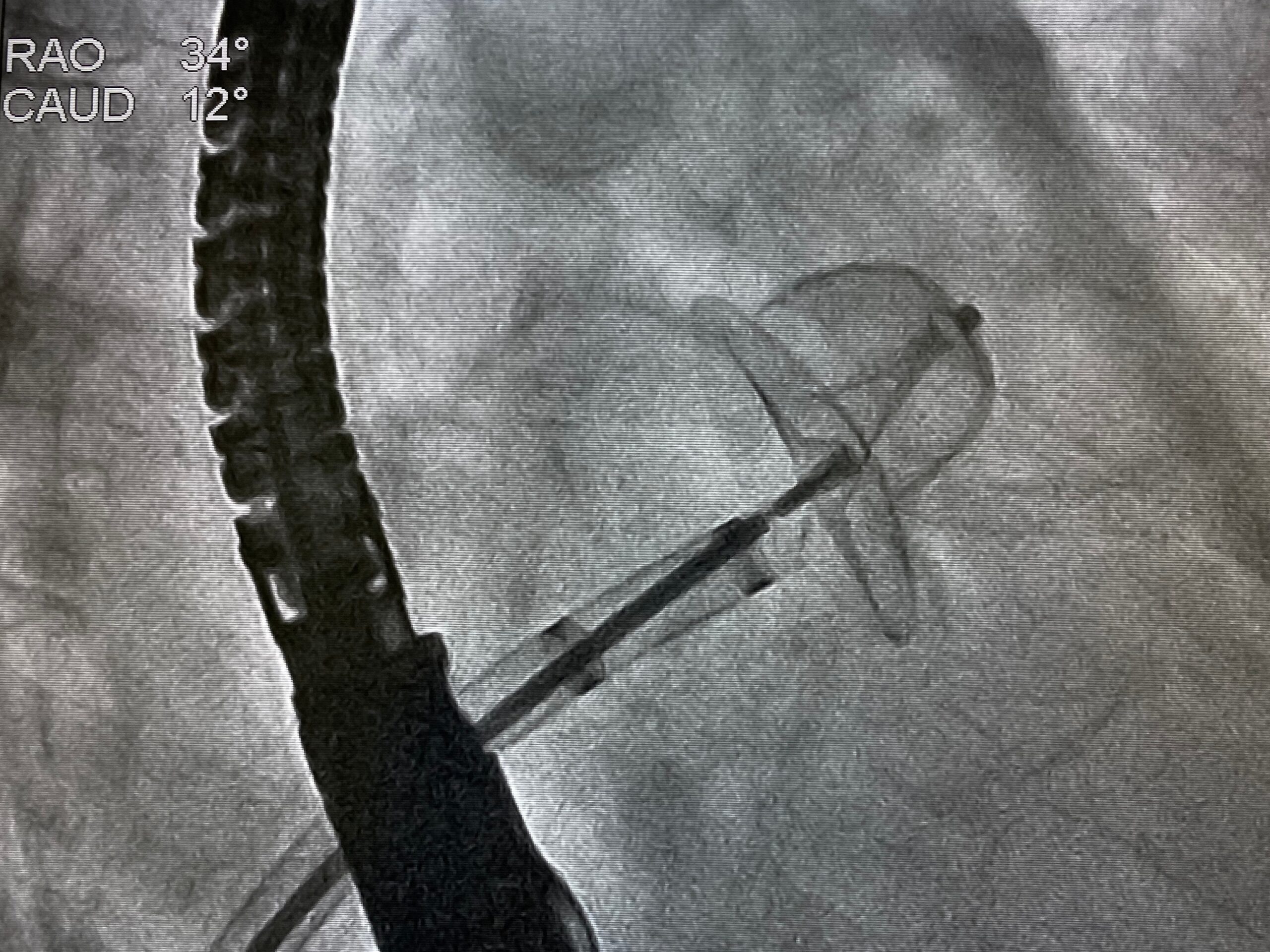
In approximately 50% of patients, pulmonary vein isolation (PVI) successfully treats persistent atrial fibrillation (PsAF) at one year. A recent study led by Dr. Luca Rosario Limite and published in Frontiers in Cardiovascular Medicine assessed the predictive value of clinical response to pre-ablation electrical cardioversion (ECV) to identify which patients would respond most favorably to a PVI-alone treatment strategy.
Consecutive patients undergoing catheter ablation for PSAP were retrospectively divided into two cohorts: ECV success and ECV failure according to post-ECV rhythm presentation at four or more weeks. Data from both groups were analyzed according to the ablation strategy applied (PVI vs PVI + substrate modification).
Fifty-eight patients (39.4%) had successful ECVs and 89 (60.6%) had failed ECVs. Preprocedural characteristics were similar in both groups. Patients with successful ECVs presented less frequently (34% vs 60%; P=.004) and had less extended low-voltage areas (21.3 ± 22.2% vs 38.9 ± 27.4% of left atrial surface; P=.008) compared to the ECV-failure cohort.
At 55 ± 19 weeks follow-up, AF-free survival was similar in both groups (72.7% vs 67.8%; P=.39), and PVI alone resulted in 83% AF-free survival among patients in the ECV-successful cohort at 13 months.
The results show that sinus rhythm can be restored by ECV and maintained for at least 1 month prior to catheter ablation in approximately 40% of patients. “This clinical response is associated with less abnormal substrate as identified by left atrial voltage mapping and a procedural success rate of more than 80% with PVI alone,” the researchers concluded.







 © 2025 Mashup Media, LLC, a Formedics Property. All Rights Reserved.
© 2025 Mashup Media, LLC, a Formedics Property. All Rights Reserved.